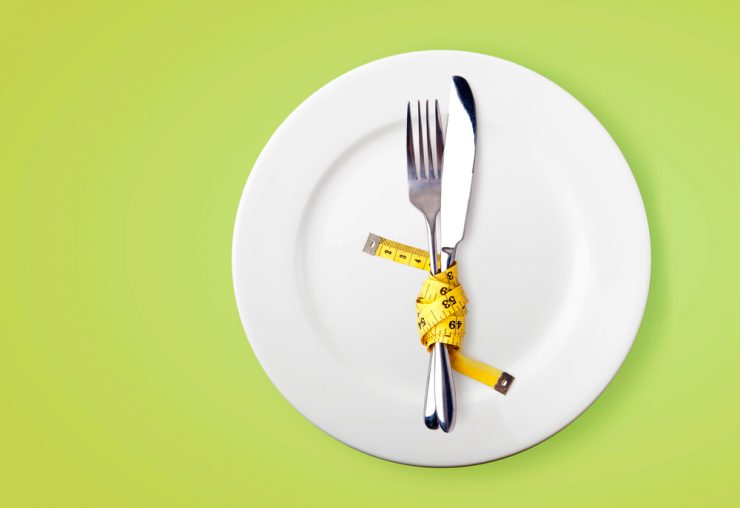Originally, from Japan, this diet and lifestyle movement emphasizes a wholesome grain-based vegetarian diet enmeshed with elements of Buddhist philosophy. The term Macrobiotic comes from the Greek for “large life” or “long life”. Followers of this type of diet plan adhere to a philosophy in which they attempt to balance their food choices to achieve a mixture of “yin” and “yang”.
Yin foods are considered quite stimulating and include alcohol, sugars, dairy, coffee, and many processed foods. Yang foods are heavy and include poultry, meat and eggs. The basis of a macrobiotic diet is foods that create balance such as whole grains, legumes, nuts, fruits and vegetables.
Macrobiotic diet followers adjust the foods they eat according to the seasons of the year, the climate, the age of the followers, the gender, and many other aspects and considerations. Certain “nightshade” fruits and vegetables are discouraged on the macrobiotic diet; these include tomatoes, peppers, eggplant, potatoes, spinach, beets and avocados.
In the West, a macrobiotic diet generally consists of a basic vegetarian regime in which participants strive to eat whole grains and a variety of fruits and vegetables. Important elements of the macrobiotic philosophy are to avoid gluttony, or over-eating, and to make sure you chew your food thoroughly before swallowing.
While a modified version of this plan can be quite healthy with many followers, believing it offers them some protection against certain cancers, dietician’s advice that extremely strict practitioners of this diet run the risk of malnutrition. They also recommend participants ensure they are partaking of adequate levels of Vitamin D.
Macrobiotic

Let us know if you liked the post. That’s the only way we can improve.












